





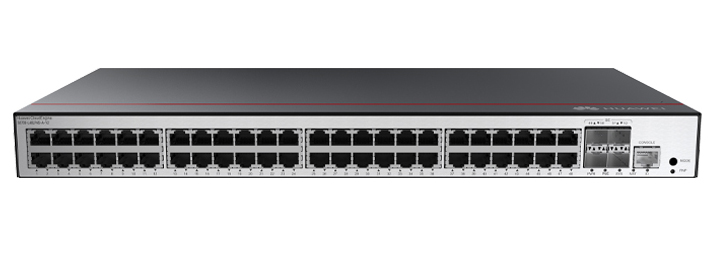
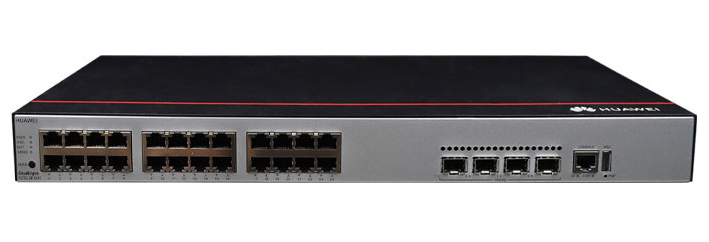
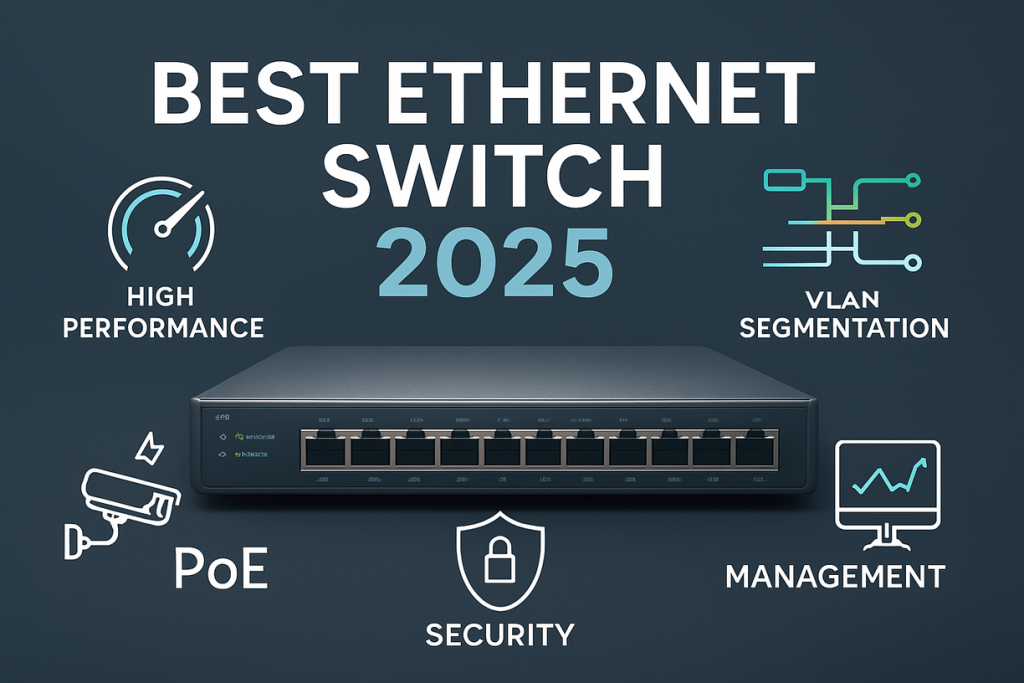


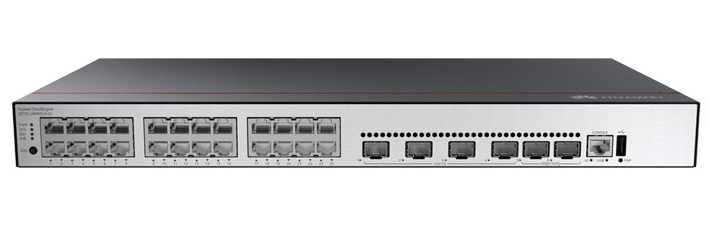
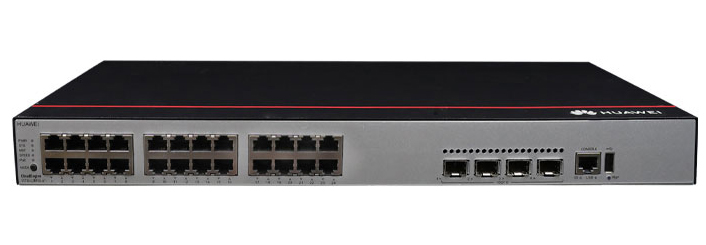

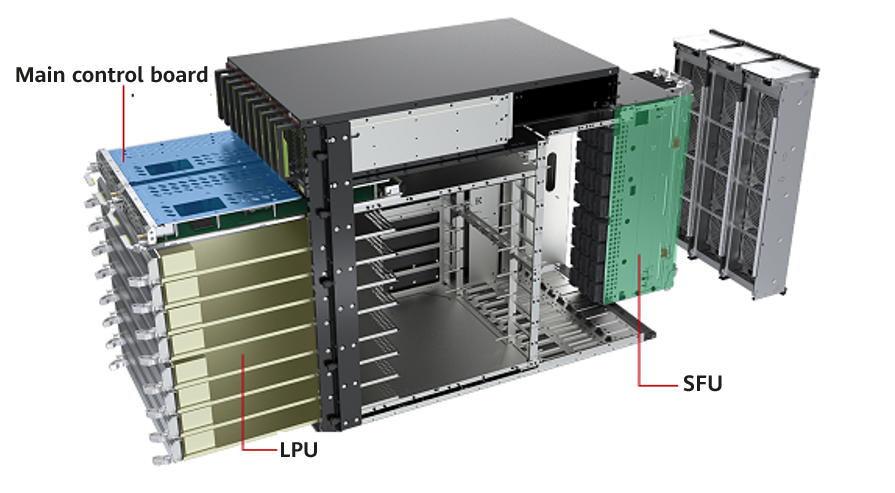

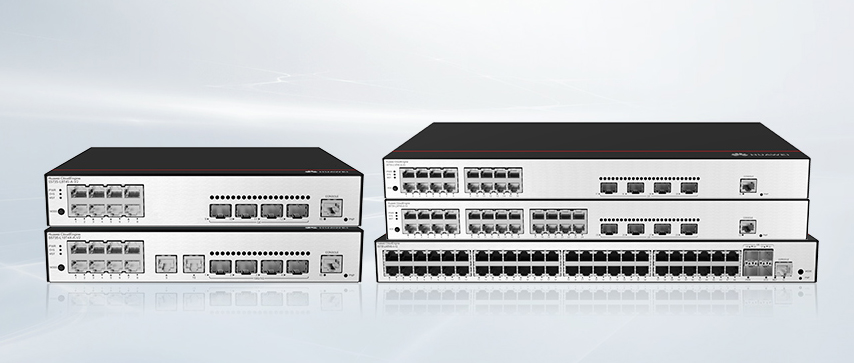
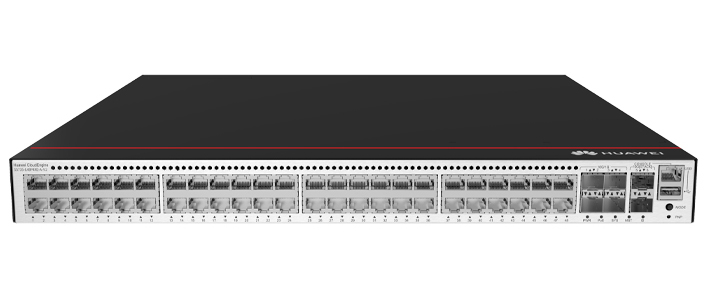
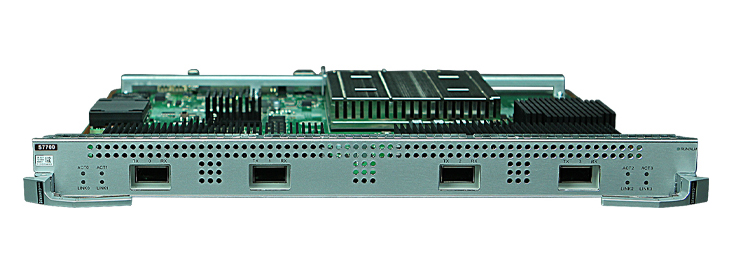

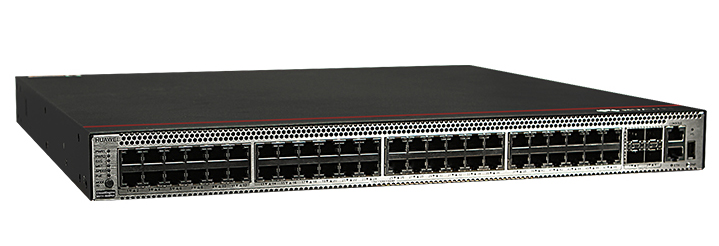
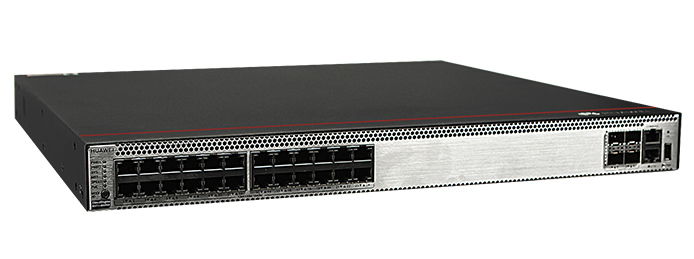
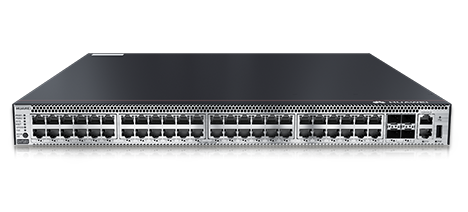
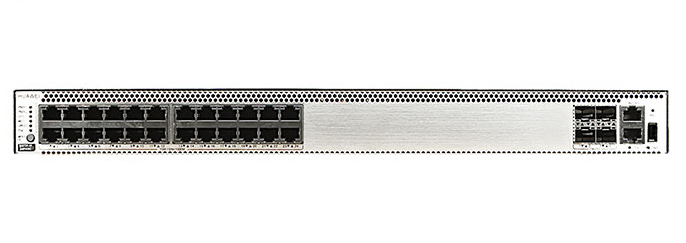
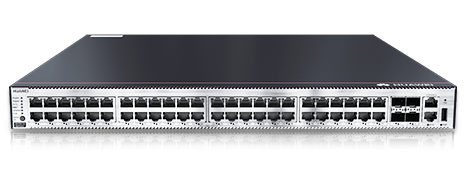
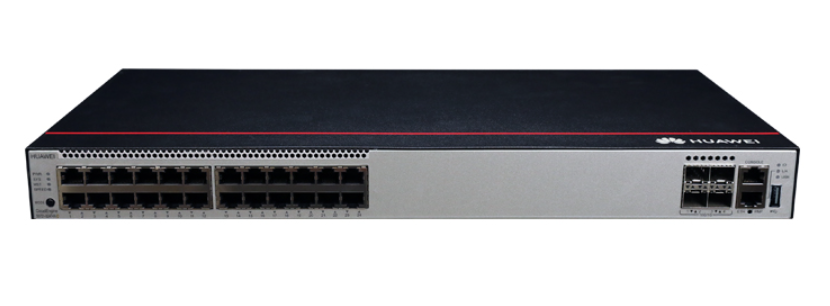
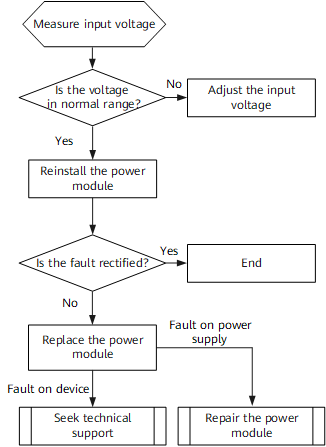
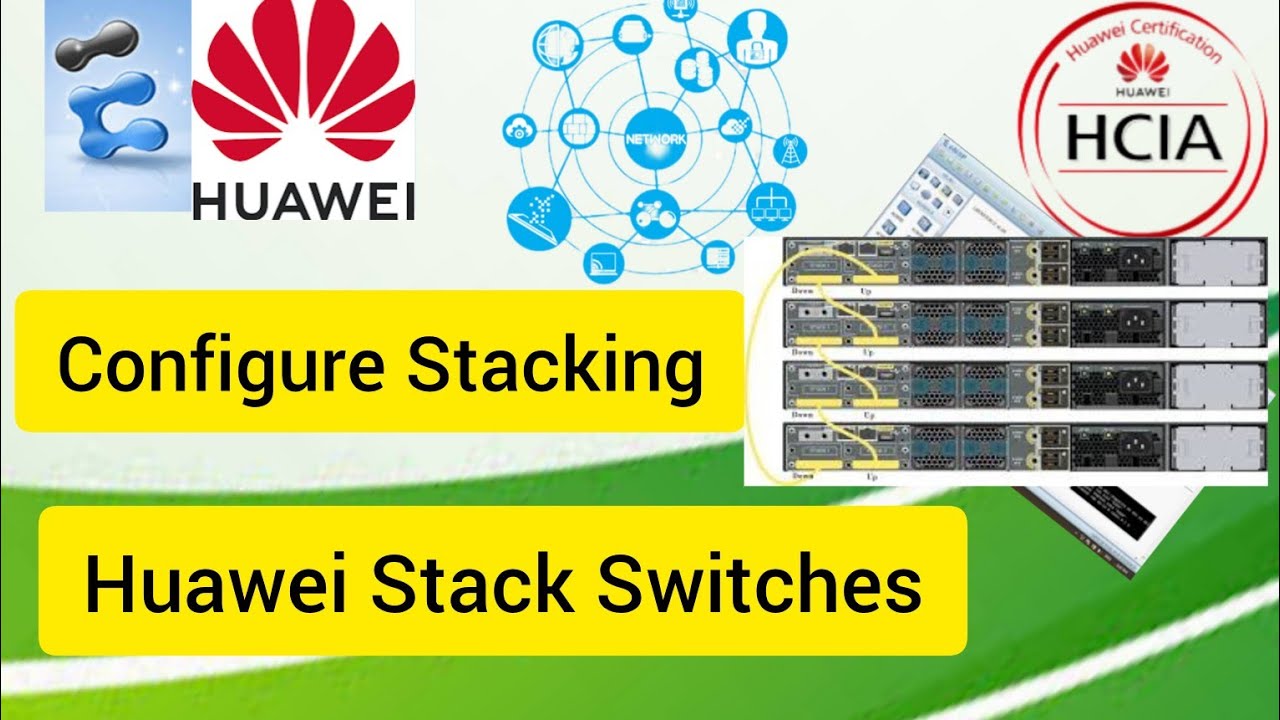
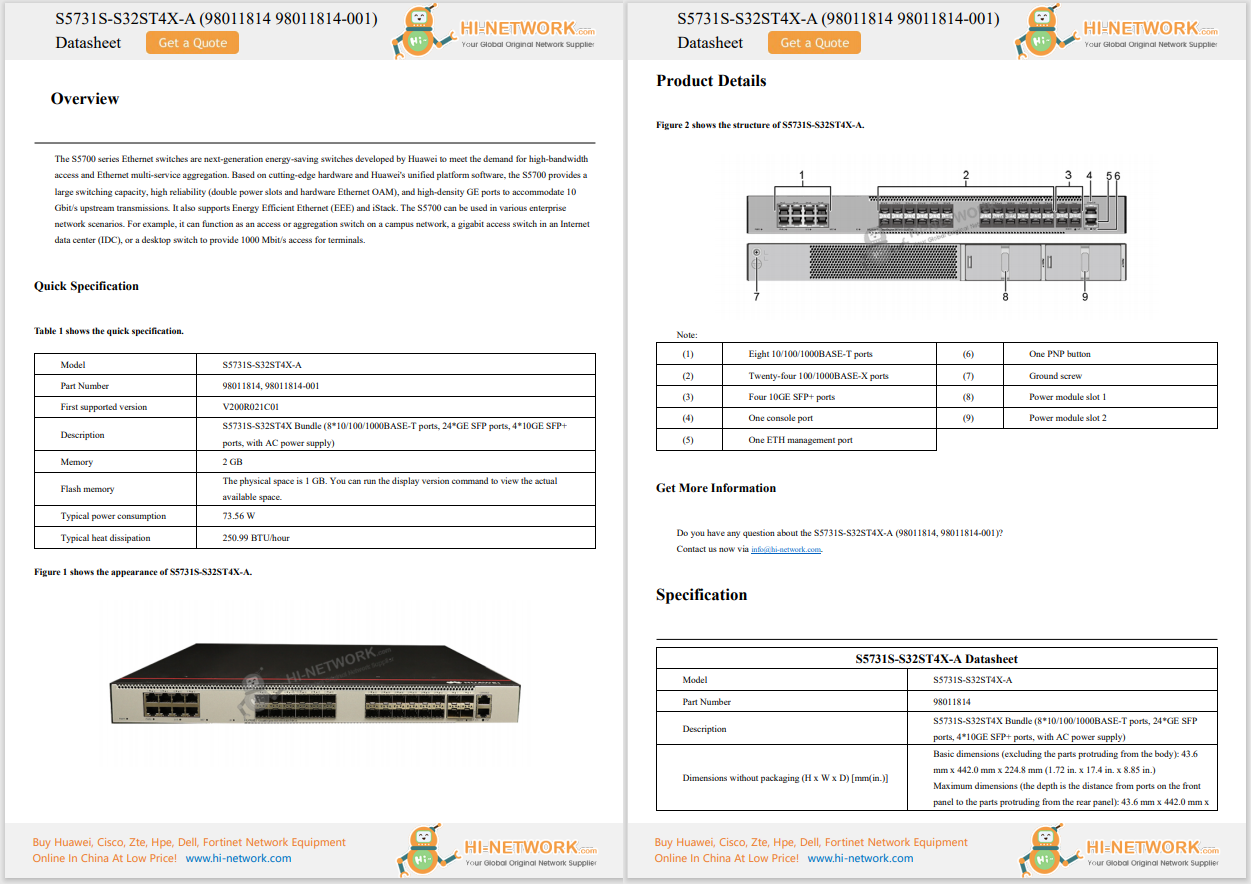
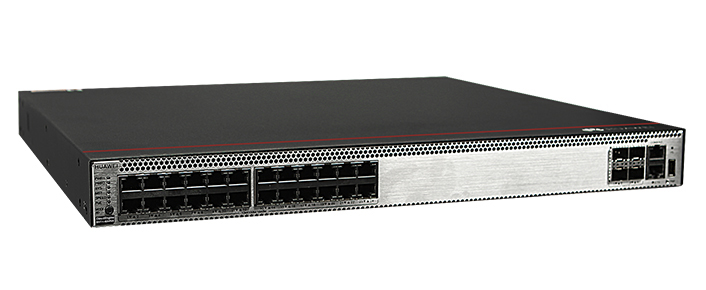
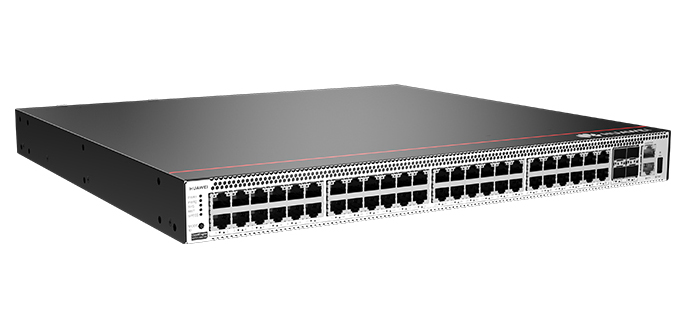
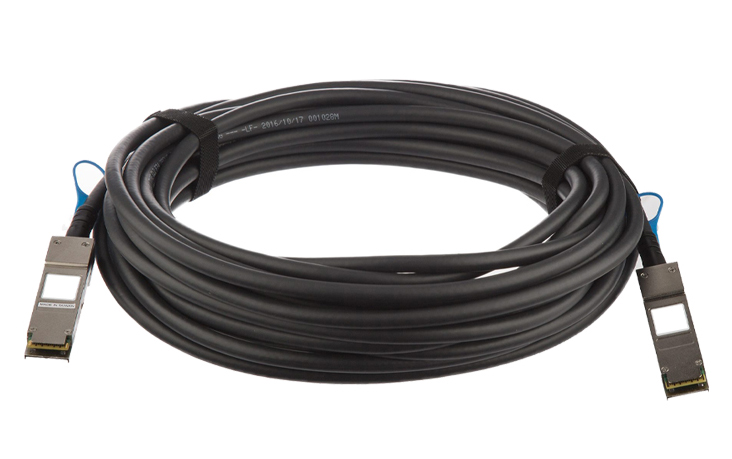
I'm a Google Drive power user. I use the service daily for the majority of my writing needs. During my decade with Drive, I have had one instance where I lost nearly all of my work (thanks to a third-party sync tool that went awry). Since then, I've been diligent about backing up Google Drive. For that, I depend on rclone to backup specific directories in Google Drive to an external drive attached to my System76 Thelio, running Pop!_OS.
That primary backup also picks up specific folders from other machines I have synced to Drive, which is taken care of via the Google Drive Desktop app. What I do not do is sync the entire contents of Google Drive to my desktop. Why? First off, there is no Google Drive Desktop Client for Linux. Second, myMacBook Pro M1 is limited in storage space, so syncing the entire contents of my Google Drive account wouldn't exactly be prudent. On top of this, I prefer to access those files from the web browser when working on my laptop.
Also: Why is Google Photos stealing all my online storage?
However, there are certain folders on my MacBook Pro (such as Documents) that I do want to keep in sync with Google Drive. You too can configure the Google Drive Desktop app to sync specific folders to Drive and I'm going to show you how.
The only things you'll need are a Google Drive account and the Google Drive Desktop app installed on your machine (which can be either Windows or macOS -- I'll be demonstrating with macOS).
Let's get started.
The Google Drive Desktop Client should already be running on your system. You should see an icon in your top bar (Figure 1).
The Google Drive Desktop Client icon as seen on macOS Monterey.
Image: Jack WallenClick that icon and then click the gear icon in the popup window (Figure 2).
The Google Drive Desktop Client popup window gives you access to the Settings window.
Image: Jack WallenYou should then see another popup menu (Figure 3).
The gear icon popup menu in the Google Drive Desktop Client.
Image: Jack WallenFrom that menu, clickPreferences.
In the new window (Figure 4), clickAdd folder.
Adding a new folder for the Google Drive Desktop Client to sync to Drive.
Image: Jack WallenThis will open the Finder picker (Figure 5).
Locating the folder to be added to the sync.
Image: Jack WallenLocate and select the new folder you want to sync with Drive and click Open. You'll be taken back to the Google Drive Desktop Client Preferences window, where you'll see the new folder listed.
Once added, the client will automatically upload the files and sub-directories within the newly-added folder. Depending on how many files (and the size of those files), the initial sync could take some time.
Once those added folders have synced with Google Drive, you might be surprised that they won't be found in the root directory of Drive. Instead, you'll find a listing in the left sidebar called Computers. Expand that entry and you should see the computers you've configured to sync folders to Drive (Figure 6).
The Computers listing in Google Drive.
Image: Jack WallenCongratulations, you've configured the Google Drive Desktop Client to sync added folders from your desktop or laptop machine to your Drive account.
 Tags chauds:
nuage
Stockage en nuage
Tags chauds:
nuage
Stockage en nuage